Many English country houses lay claim to literary legacies. Blo Norton Hall, however, has more right than most. In the summer of 1906, while in her early twenties, Virginia Woolf rented the Elizabethan Norfolk manor house with her older sister, artist Vanessa. The seven-mile journey there from Diss station, through isolated countryside, and their arrival at the secluded, moated site made a deep impression on Woolf.
She wrote in her diary: ‘Every mile seemed to draw a thicker curtain than the last between you and the world. So that finally, when you are set down at the Hall, no sound whatever reaches your ear; the very light seems to filter through deep layers; and the air circulates slowly, as though it had but to make the circuit of the hall, and its duties were complete.’
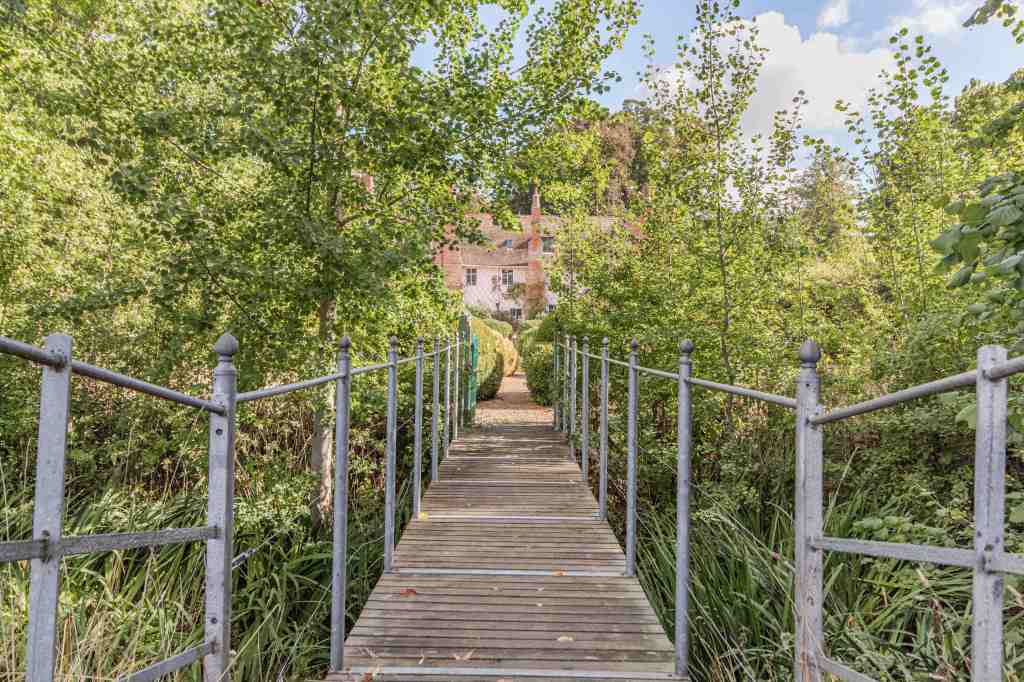
Once settled, in a letter to her friend, Violet Dickinson, Woolf wrote of the hall as ‘300 years old, striped with oak bars inside, old staircases, ancestral vats and portraits. There is a garden; and a moat… Nessa paints windmills in the afternoon, and I tramp the country for miles with a map, leap ditches, scale walls and desecrate churches, making out beautiful, brilliant stories every step of the way’.
The writer in Woolf was clearly galvanised. During her stay at the timber-framed and wattle-and-daub home, she wrote much of short story ‘The Journal of Mistress Joan Martyn’, in which the main character, Rosamond Merridew, is a historian researching England’s land-tenure system. Nine years later, Woolf’s first novel, The Voyage Out, would be published, followed by, among others, To The Lighthouse and Mrs Dalloway.
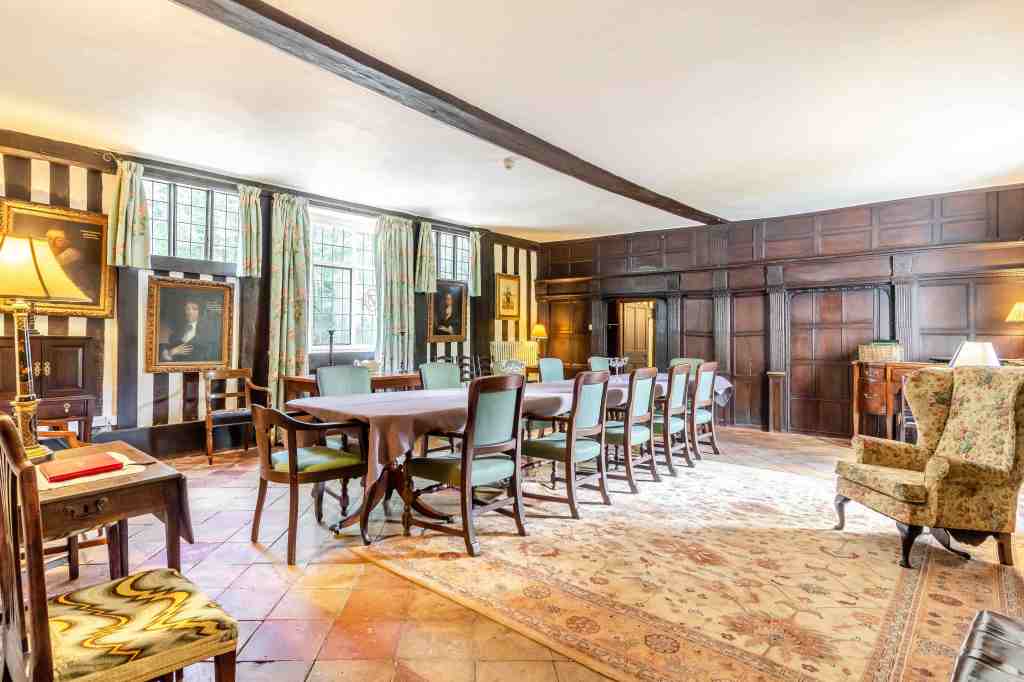
Now on the market for £2.6 million with Savills, Blo Norton Hall – which sits on the edge of the village of Blo’ Norton, 16 miles from Bury St Edmunds – is still very much the home the sisters came to know and love. Although the history of the site dates back to the 13th century, the current Grade II* listed house, as documented by Historic England, was probably built in the mid-16th century and enlarged in the 1580s. Set in 72 acres of land, it sits at the end of an avenue of lime trees, and has a classic Elizabethan façade taking in three bays, hood-moulded architraves and mullion windows, plus soaring octagonal chimney shafts.
Inside, a series of grandly proportioned rooms sprawl across three floors and 8,000 sq ft of living space – of which Woolf, who later espoused the virtues of having ‘A Room of One’s Own’ in which to write, would surely have approved. There are six receptions and nine bedrooms, with original features including wooden panelling and flooring, stained glass and open fireplaces.
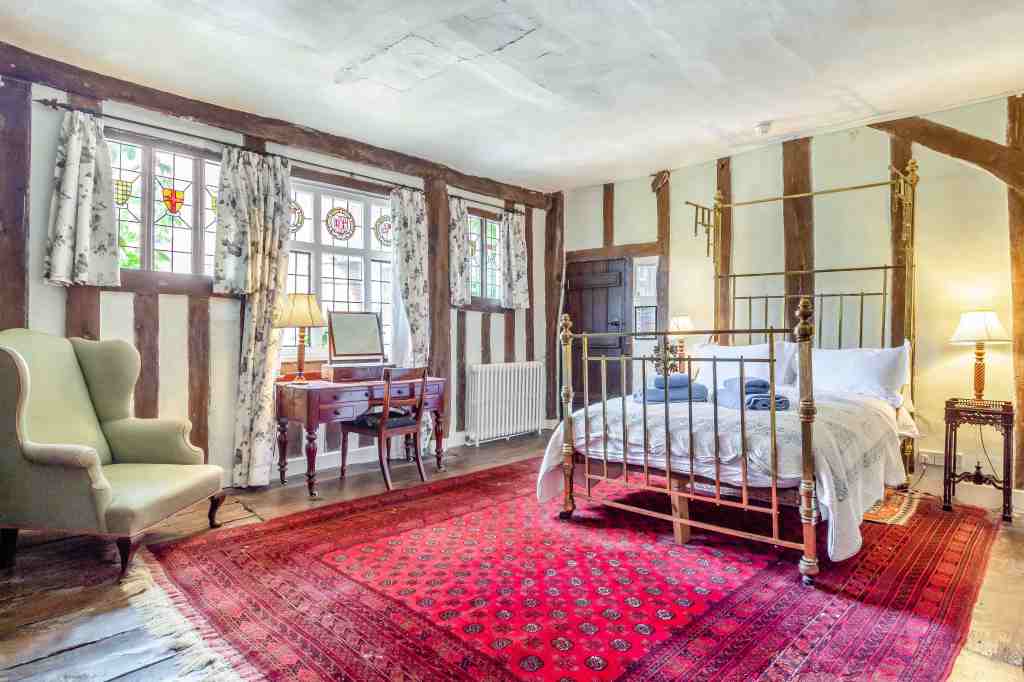
It was all impressive enough to charm the resident that closely followed Woolf – the Knightsbridge-born, Cambridge-educated Prince Frederick Duleep Singh, son of Sir Duleep Singh, the last maharaja of the Sikh Empire. A close family friend of Queen Victoria and staunch monarchist, ‘Prince Freddy’, as he became known locally, rented Blo Norton until his death in 1926, having declared it the home of his dreams. He reportedly had a portrait of Oliver Cromwell hung upside down in one of the bathrooms, and created a chapel at the end of an attic wing, furnished with old benches and ornaments, which he dedicated to King Charles I. An avid collector of books, china and glass, Singh was a keen member of the Norfolk and Norwich Archaeological Society and passionate about conserving local buildings.
The present owner of the hall, who prefers not to be named, bought it in 2007, and has used it as both a private home and as a luxurious holiday rental – it is let from £2,500 for three nights, sleeping 16. A rolling programme of repairs and improvements have been undertaken, with new plumbing, roofing, wiring and drainage. The decor remains traditional, in keeping with the house’s history – think oil paintings and four-poster beds – but, unusually for an Elizabethan house, there’s a huge open-plan kitchen/dining area, and every bedroom has an en suite.
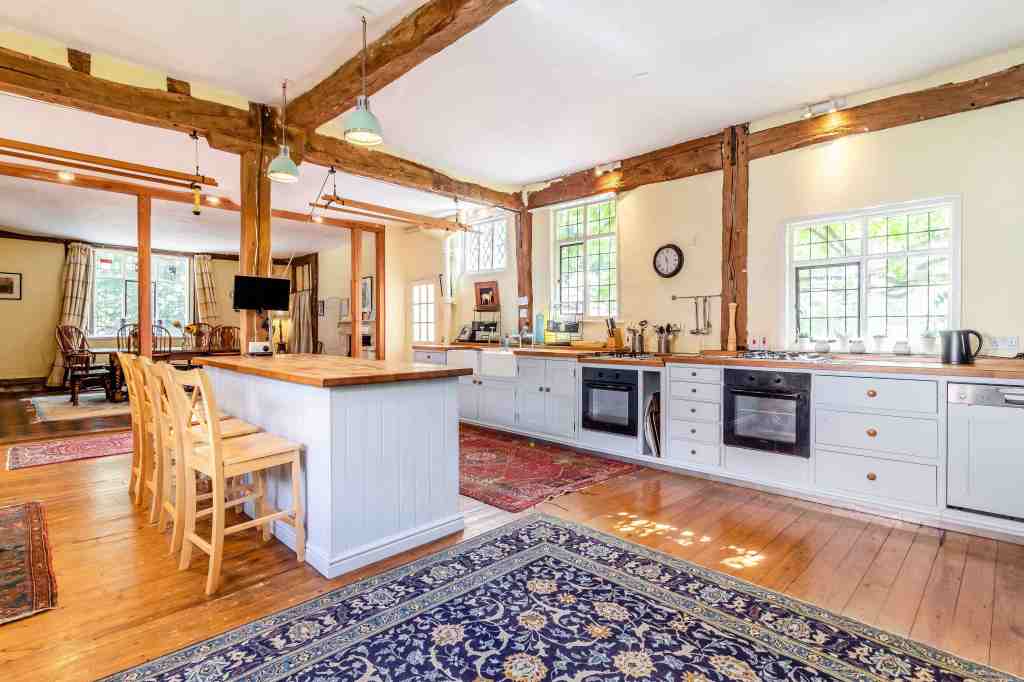
Outside, the gardens are fittingly impressive – and high maintenance. Formal gardens have defined areas divided by thick hornbeam hedging, gravelled pathways and lawn, and clipped yew topiary and buxus. A brick paved terrace between the north and south wings provides a suntrap, overlooking a parterre, and elsewhere there are formal lawns and an ornamental pond. A bridge over the moat leads to the parkland beyond, studded with oak, beech and willow, and the River Little Ouse – which Woolf mentions in her journal – meanders along its southern boundary. Two separate cottages are available by negotiation.
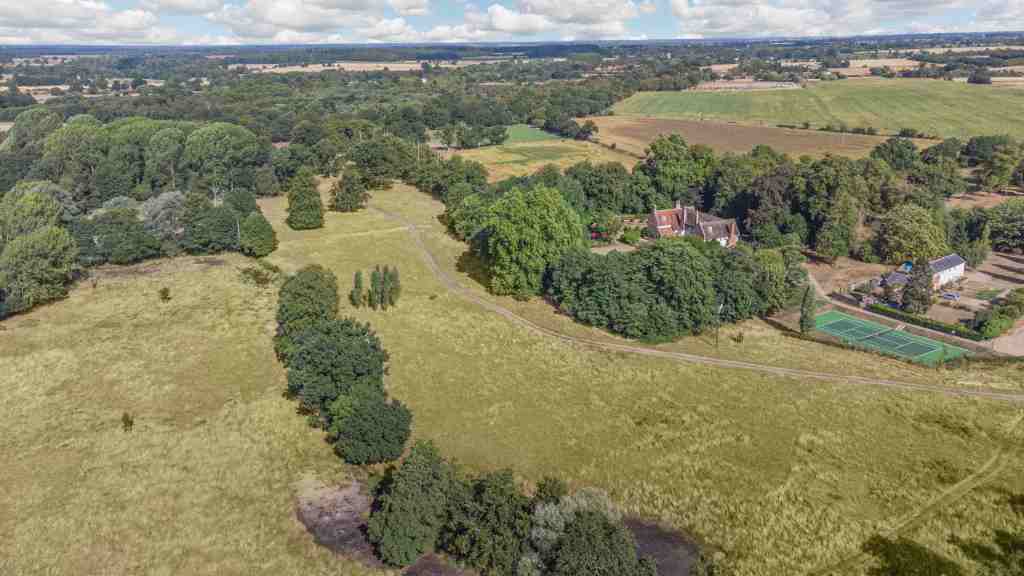
‘The house has got a wonderful atmosphere,’ says Ben Rivett of Savills’ residential team in Norwich. ‘There are so many extraordinary spaces, but the panelled dining room is particularly special. As for the grounds, you would have to wait generations for gardens like these to grow. It’s a gem among the country houses of East Anglia.’
But we should really give Rosamond Merridew the last word, with a quote surely inspired by Woolf’s carefree time at Blo Norton: ‘O how blessed it would be never to marry, or grow old; but to spend one’s life innocently and indifferently among the trees and rivers, which alone can keep one cool and childlike in the midst of the troubles of the world!’

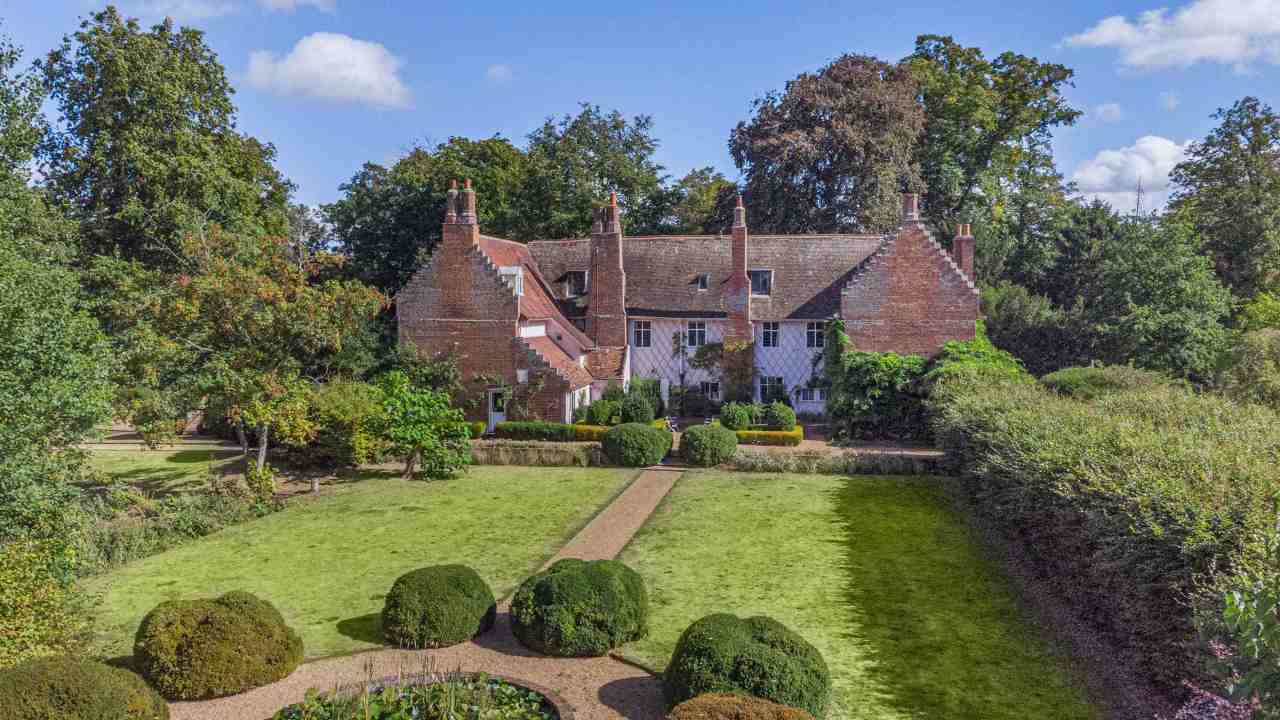
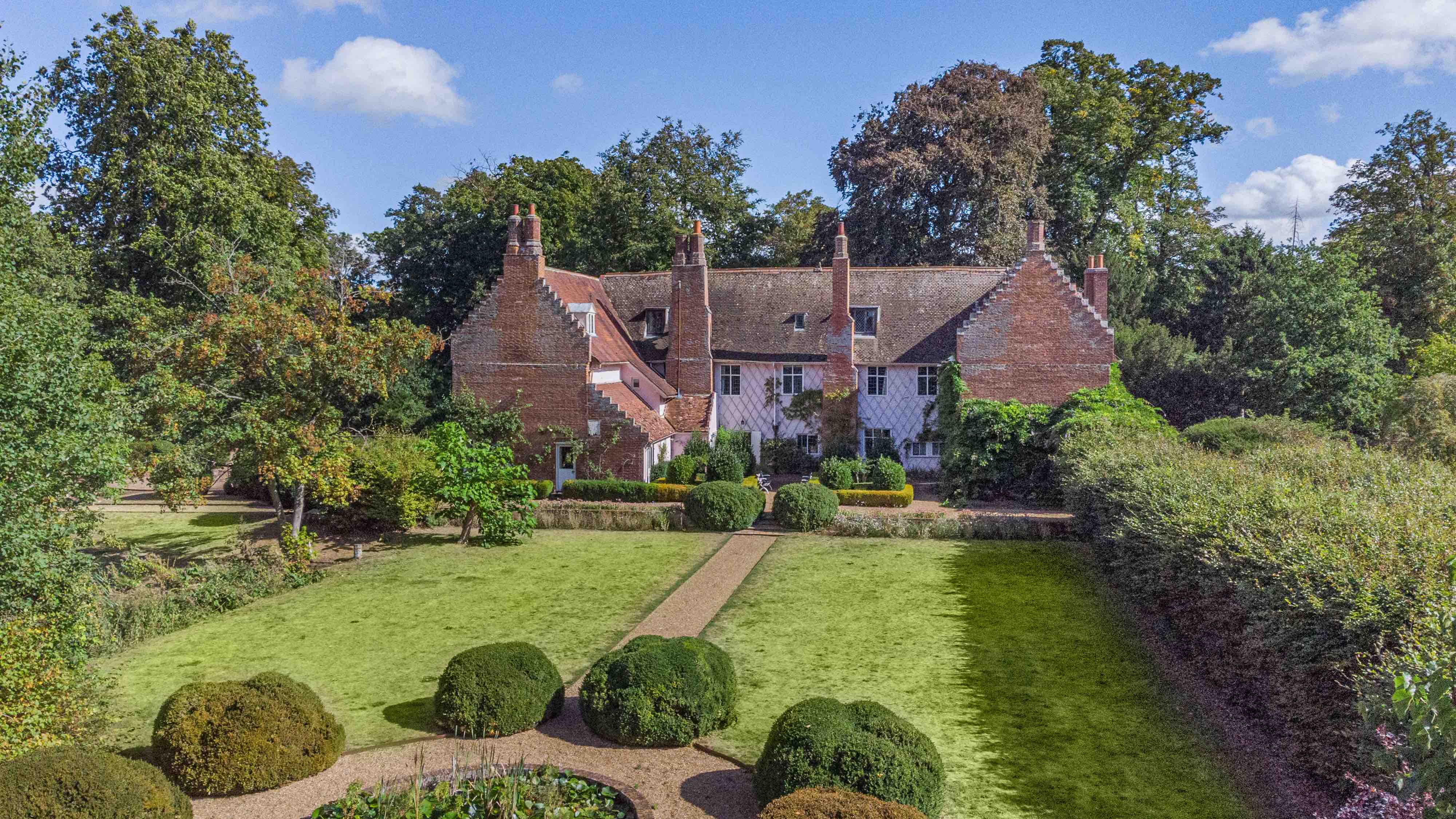




Comments